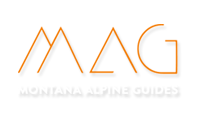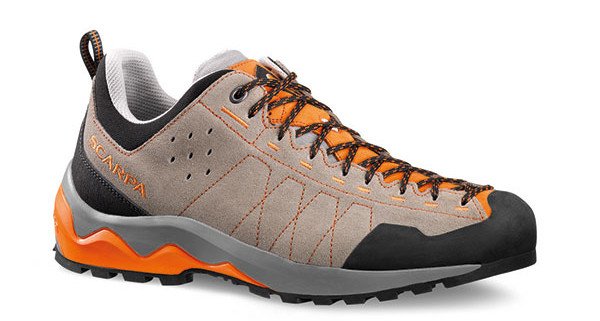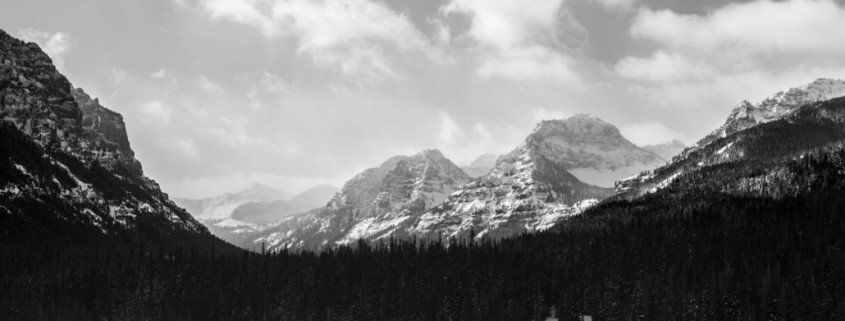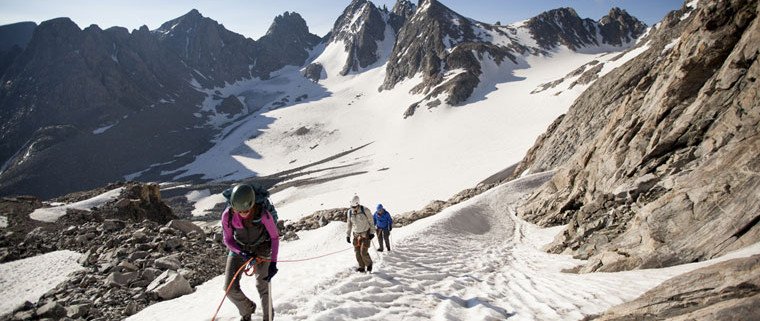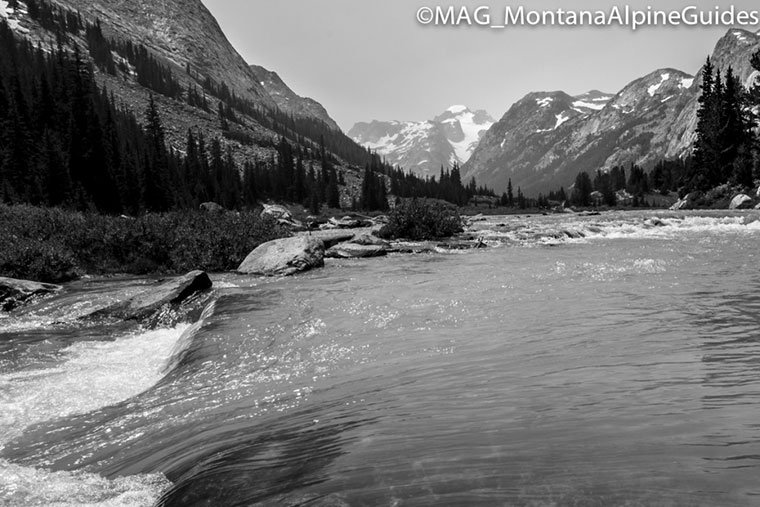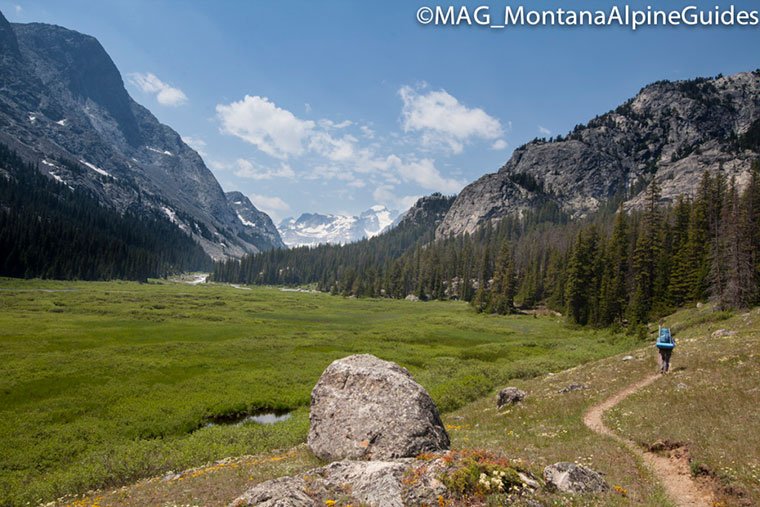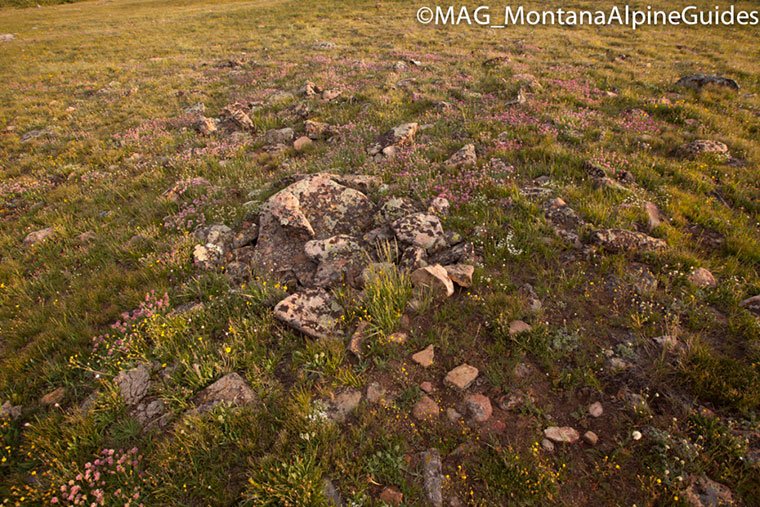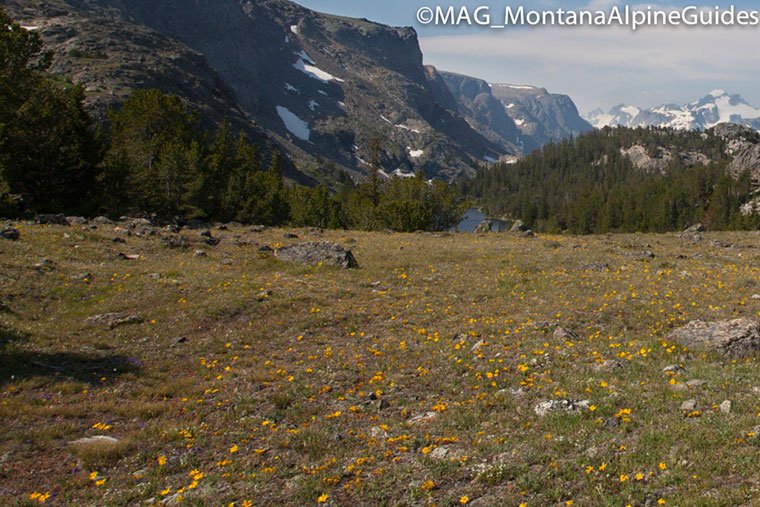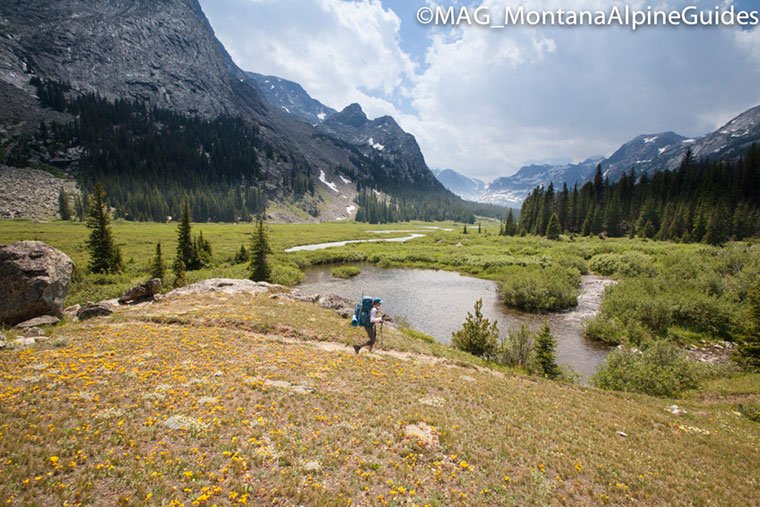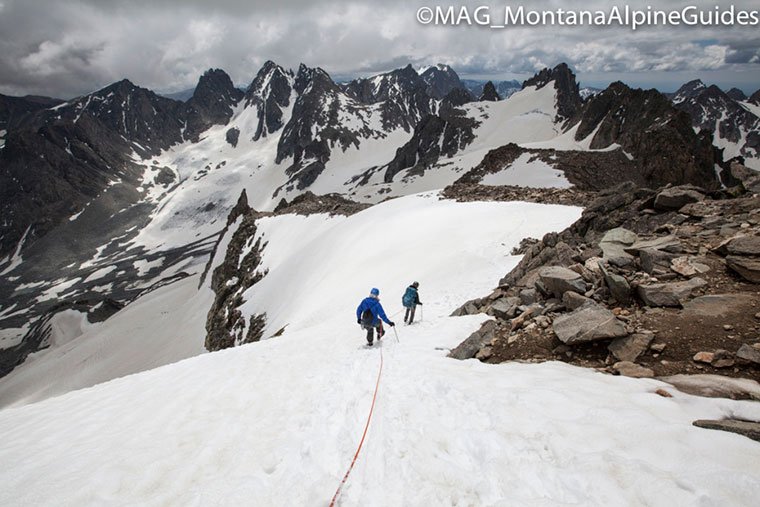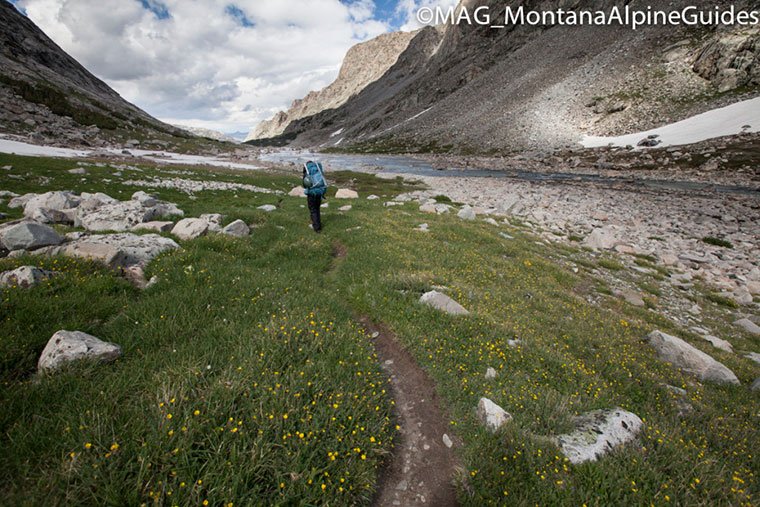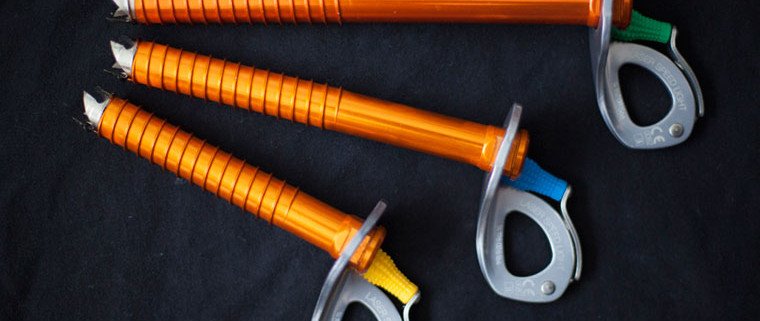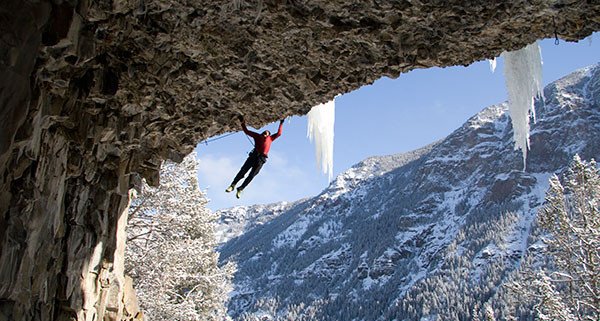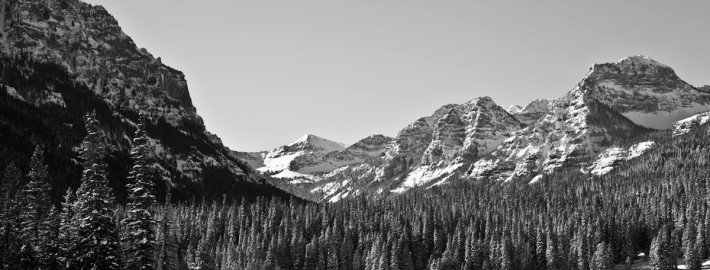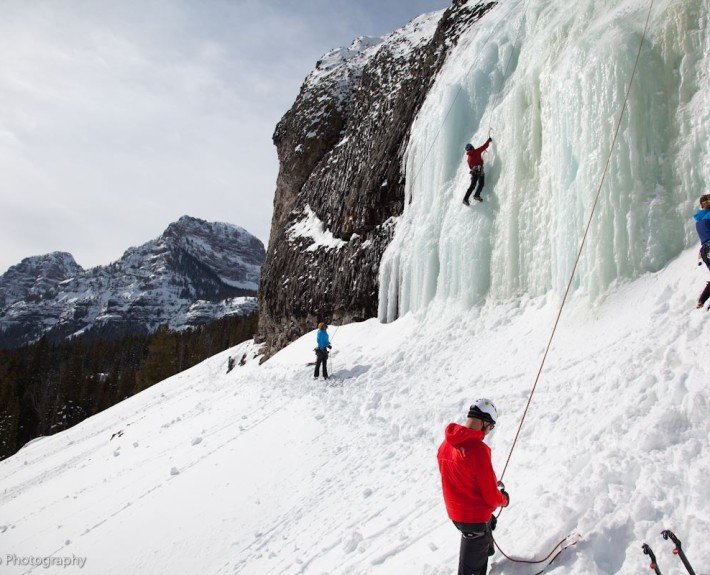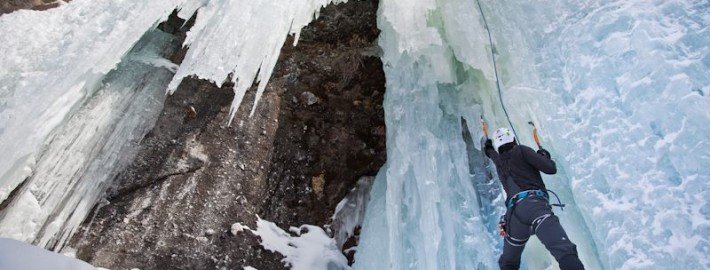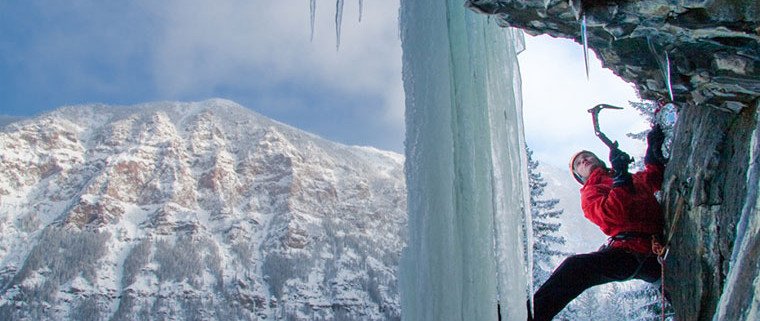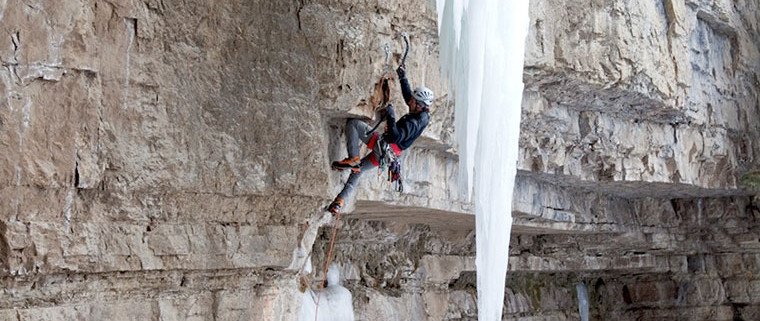Gear Review: Scarpa Vitamin (Approach Shoe)
Over the past year I have used and abused a pair of Scarpa Vitamin approach shoes while guiding for MAG – Montana Alpine Guides at the crag and in the mountains. The Vitamin, first and foremost climbs like a “big comfy” climbing shoe but still has great support and comfort for the approach and descent. This combo makes it the ideal shoe for moderate climbing objectives.
Where and how Montana Alpine Guides uses the Scarpa Vitamin:
- Approaches: Most of our approaches are 10-45 minutes over trails, boulders, and talus slopes with a heavy pack. We also have the occasional 5-10 mile approach.
- Climbs: The climbs we have guided with the Vitamin range from cracks to smearing and edging on face routes from 5.6 – 5.10 in The Gallatin Canyon. We have also used the Vitamin on 2,000’ 5.6-5.8 ridgelines up to 12 miles deep in the heart of the Beartooth Mountains
The MAG Review:
- Approach: Cushioned heel, arch support, and sticky rubber make the Vitamin comfortable and at home on long ascents or descents with a climbing pack. I have yet to have any blisters with these shoes.
- Climbing: The Scarpa Vitamin performs just as well as my “big comfies” on technical rock routes. The toe is chiseled down just like a traditional rock shoe with lacing right to the end, a thin under sole at the toe box, and sticky rubber all add up to make one feel quite confident climbing moderate vertical rock whether it be jamming cracks, edging, or smearing. The climbing zone and the way the foot is positioned over the inside edge allows for impressive edging ability. If I find myself pushing the limits of the shoe I will simply lace it down to the max for better climbing performance, which usually does the trick.
Reviewed by Sam Magro
Lead Climbing Guide
Montana Alpine Guides
